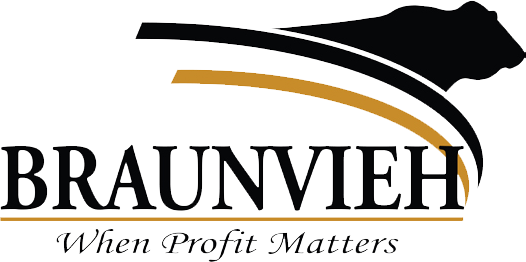About Braunvieh Association of America
Our Mission: Advancing Braunvieh Genetics Globally
The mission of the Braunvieh Association of America is to support and encourage the use of Braunvieh genetics in the global beef industry by maintaining the integrity of the Braunvieh Association of America herd book, equipping members with information and selection tools necessary to compete, expanding opportunities for members to attract and service customers, and fostering interaction among members.
The History of Braunvieh Cattle
The most asked question directed at most Braunvieh breeders is, “What is a Braunvieh?” or “What kind of a crossbreed is Braunvieh?”
Dated back to the Bronze Age
Braunvieh is not a crossbreed, or a new breed developed using two or more breeds. On the contrary, Braunvieh may be the oldest pure breed on Earth, with records dating back to 800 B.C. Recently, archeologists have found cattle bones among the ruins of the ancient Swiss Lake Dwellers similar to those of the present-day Braunvieh. This would date these cattle in the region to the Bronze Age.
18th Century
Braunvieh is a docile breed associated with the scenic Swiss Alps. Development of the breed came into its own in the 18th century in the mountain valleys of Switzerland, and production records on milk and meat performance were established in the 19th century. Today, roughly 40% of cattle in Switzerland are Braunvieh, and the breed has spread throughout the world. Due to their high performance and adaptability, Braunvieh cattle are used in all major countries of the world. Braunvieh cattle are found in over 60 countries extending from the Arctic Circle to the tropics at altitudes varying between 0 and 12,500 feet. World population of Braunvieh is over 7,000,000 head. Herdbooks are being kept by breeders’ associations in 42 countries.
19th Century
Approximately 130 head of Braunvieh cattle were imported into the United States from Switzerland between 1869 and 1880. This was the basis for the development of the American Brown Swiss, which was declared a dairy breed in 1890 and therefore became a different breed. American Brown Swiss cattle have since spread to Canada, Mexico, and throughout the world, including Switzerland. In the mid-nineteen hundreds, Mexico imported Original Braunvieh cattle, where they have flourished as a beef breed. In Mexico, they are used in a commercial capacity to upgrade the beef characteristics of the indigenous Zebu cattle. There, separate herdbooks are kept for the cattle, sometimes referred to as European-type Brown Swiss and American Brown Swiss.
20th Century
In 1968, Canada imported its first Original Braunvieh cattle, the bull Aron. Subsequently, more bulls and females were imported directly into Canada between 1968 and 1985. These were selected in Europe with emphasis on beef production. In Canada, Original Braunvieh cattle are registered by the Canadian Brown Swiss Association and are referred to as Beef Brown Swiss. They are registered separately from the Dairy Brown Swiss. Many breeders in Canada are members of the Braunvieh Association of America, and some of their cattle are registered in the United States. Original Swiss Braunviehs were imported directly into the United States from Switzerland in 1983. Since then, a significant exchange of breeding stock has taken place between American and Canadian breeders. Since the 1990s, there have been several importations of Original Braunvieh from Europe in the form of frozen embryos. The Braunvieh Association of America was organized and incorporated in the United States in 1984.
Preserving Original Braunvieh
To increase milk production in the late 1960s, Switzerland began importing American Brown Swiss semen to use on the native Original Braunvieh cattle. As a result, the majority of the Braunvieh cattle in Switzerland, as well as other European countries, have been crossed with Brown Swiss. The Swiss Braunvieh Association registers all Braunvieh cattle in Switzerland, but the cattle that have no Brown Swiss in their pedigree are certified to be Original Braunvieh cattle and have the words Original Braunvieh stamped on the certificate of registry. There is an association of breeders in Switzerland organized for the purpose of preserving and promoting the Original Braunvieh breed, the Swiss Original Braunvieh Association (SOBA).
Bull Test Webinar
Stay Connected With Us
Sign up for the monthly newsletter and follow us on social media to stay connected to the latest updates and news!

